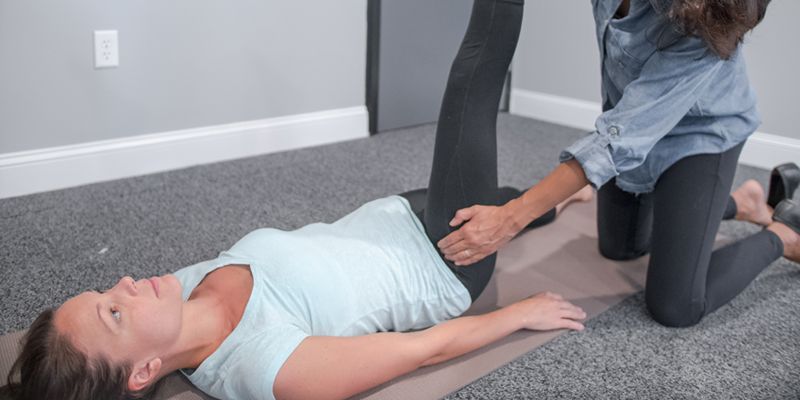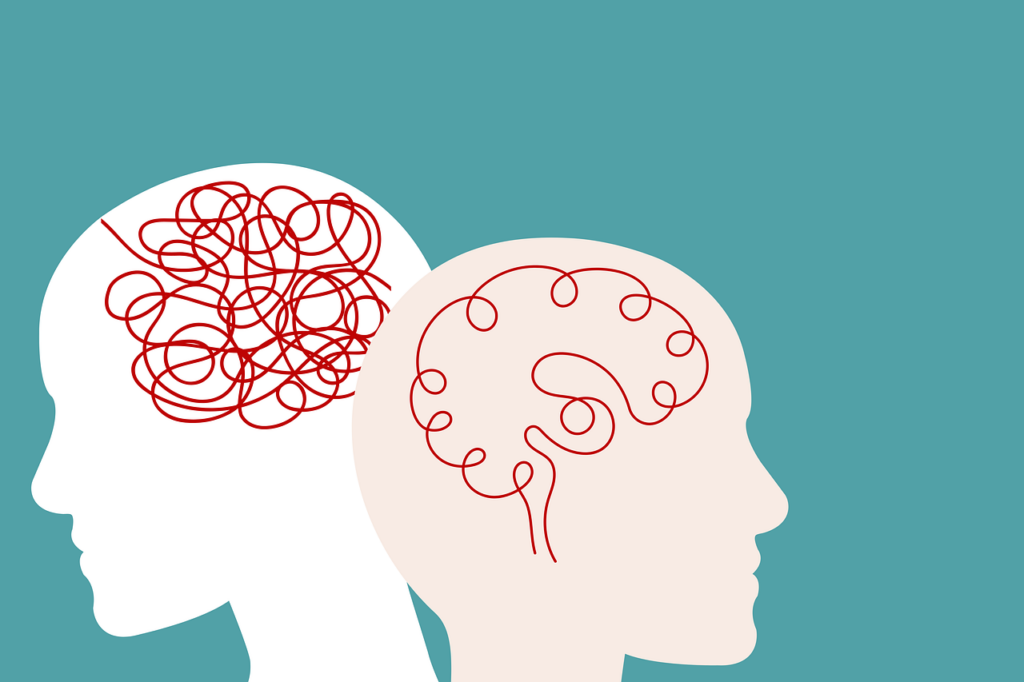Meet the Iliopsoas: Your Body’s Hidden Power Player
Let me introduce you to the iliopsoas (or psoas for short)—one of the most important muscles you’ve probably never heard of. This muscle is like the backstage crew for all your movements, running from your lower spine down to your hip and pelvis. It’s about 16 inches long and quietly connects to every vertebra along the way, making sure your legs, hips, back, and pelvis move like a well-oiled machine. Whether you’re sitting, standing, walking, or even just lounging on the couch, your psoas is always working to keep things smooth.

But here’s the twist: because of its deep location, the psoas can also be behind a variety of issues, like lower back or hip pain. It might even be the culprit if you’re dealing with pelvic misalignment or something sneaky like bladder discomfort. An imbalanced psoas could also lead to more serious stuff like hip joint problems or spinal issues, like scoliosis. So, if you’ve got a nagging pain that just won’t quit, the psoas might be trying to tell you something!
Trigger Points: The Psoas’ Little Secrets
Here’s a plot twist: your psoas could be harboring tiny “knots” called trigger points that are often missed during diagnosis. These little guys can quietly cause big pain, radiating discomfort to all sorts of places without you even knowing they exist. They’re sneaky—sometimes you won’t feel them until someone presses on them!
Trigger points in the psoas can lead to chronic lower back pain or discomfort in the sacroiliac joints (that’s where your spine meets your pelvis). You might even feel referred pain in your pelvis or legs. And if you’ve ever wondered why walking, climbing stairs, or even just sitting feels uncomfortable, an imbalanced psoas could be the reason.
Finding Psoas Relief: A New Hope
Now, don’t let this all scare you—there’s good news ahead! Relief is possible, and it starts with working with a knowledgeable physical therapist who knows their stuff. These experts don’t just look at one part of you—they’ll take a holistic approach, checking your posture, movement, and even daily habits (like how you sit or sleep) to figure out why your psoas is acting up.
A good physical therapist will dive deep into your body mechanics and pinpoint what’s setting off your pain. Maybe it’s bad posture, sitting too long, or doing exercises like sit-ups incorrectly. Making small tweaks in these areas can have a huge impact on how you feel.
Hands-On Help: The Magic of Manual Therapy
When it comes to easing psoas pain, especially if trigger points are involved, hands-on techniques are often key. Therapists can work their magic with methods like myofascial release, which gently eases tight spots, or ischemic pressure, which focuses on releasing those pesky trigger points. The goal? To help your psoas get back to its happy place—longer, looser, and pain-free.
But here’s the real secret to long-term success: it’s not just about fixing the psoas in the moment. Strengthening and lengthening it is crucial to keeping pain away for good. Your therapist will likely guide you through stretches and exercises tailored just for you, helping to ensure your psoas stays balanced and happy.
So, if you’re starting to think your psoas might be behind that annoying pain, why not book an appointment with a skilled physical therapist? They’ll help you get to the root of the problem and guide you toward lasting relief.





